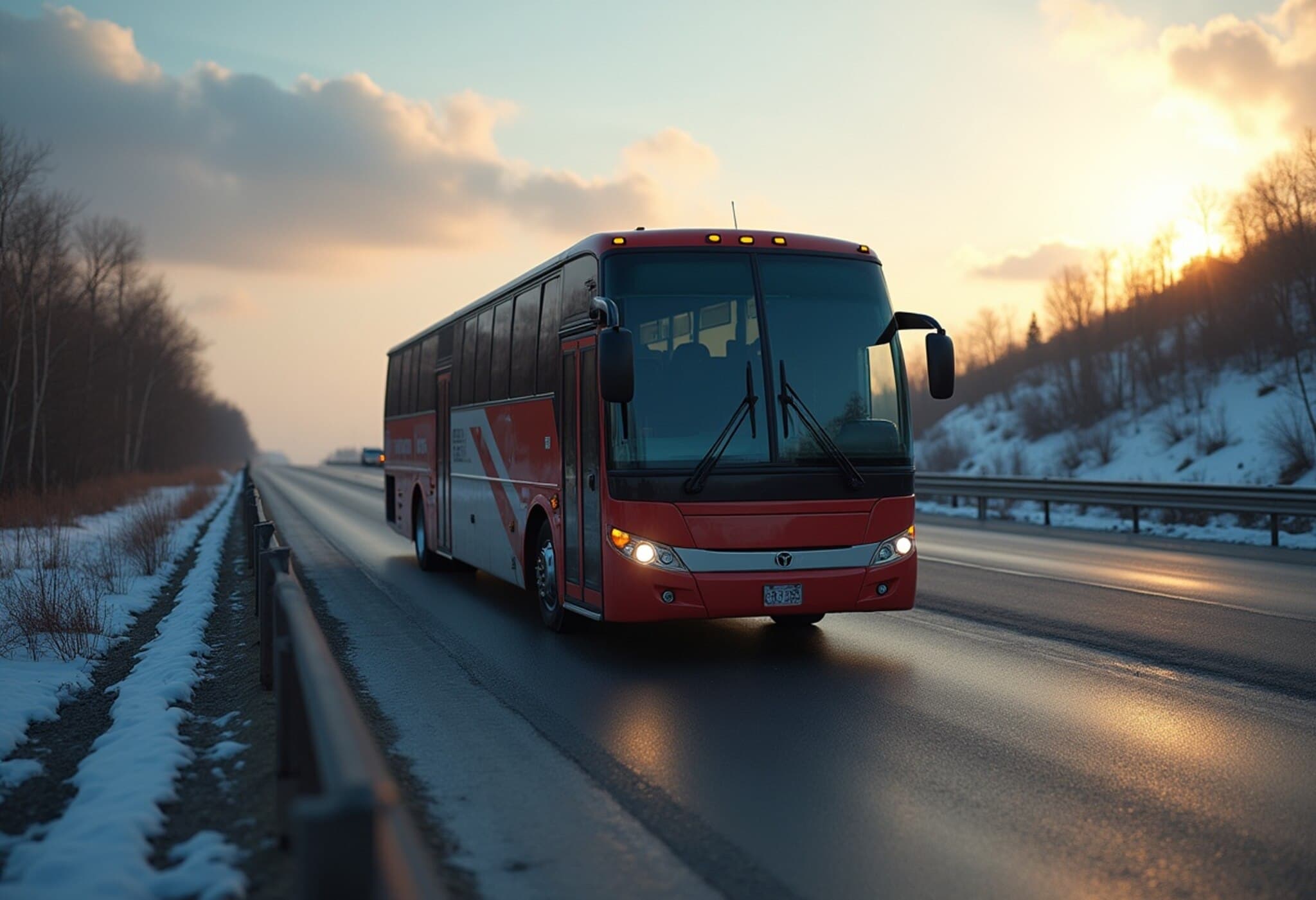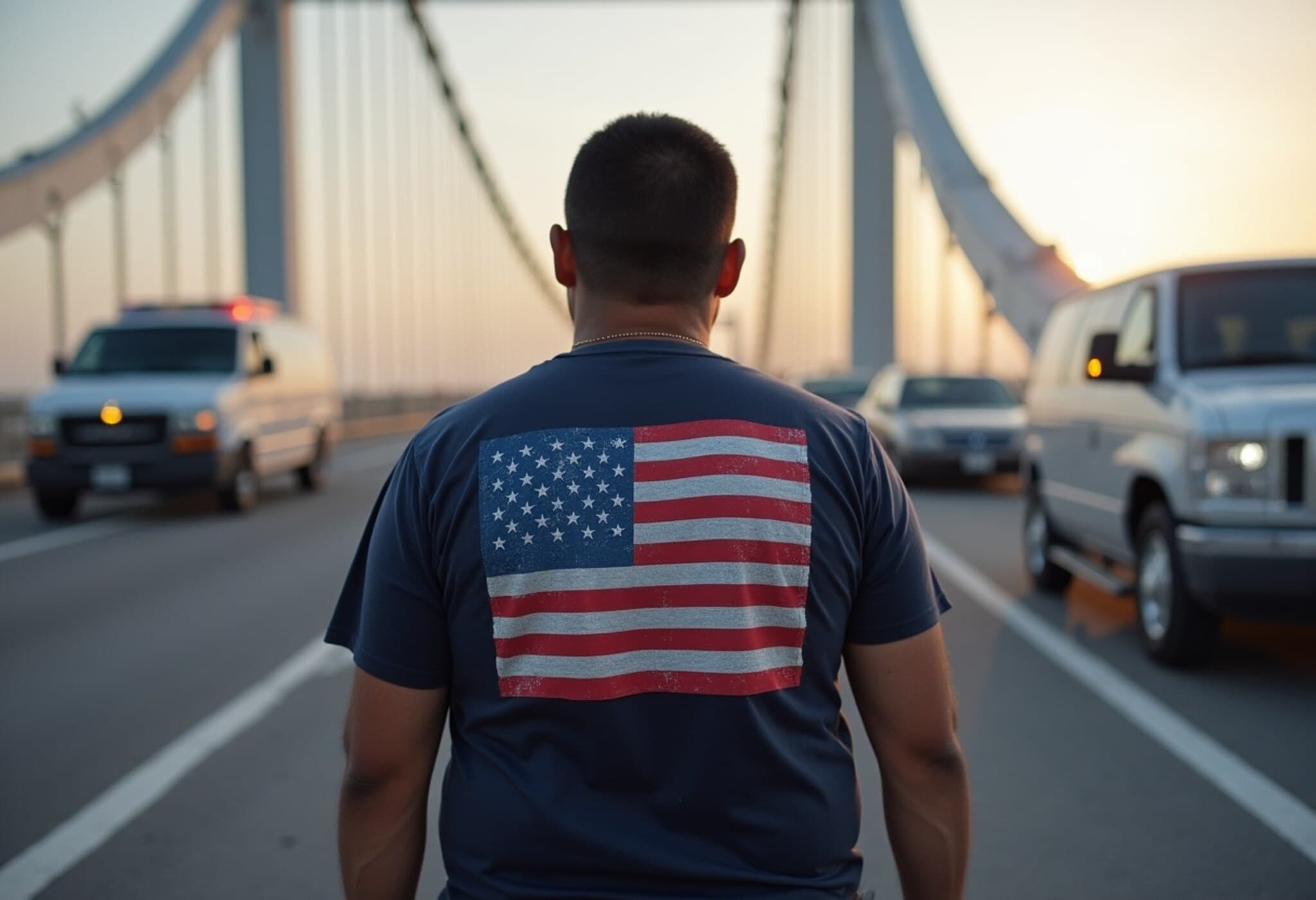Tragic Tour Bus Accident Claims Five Lives Near Buffalo
In a devastating incident that has shaken the New York State community, a tour bus carrying 54 passengers from Niagara Falls to New York City overturned on the New York State Thruway late Friday morning, resulting in the death of five individuals and injuries to dozens more. The crash occurred approximately 48 kilometers east of Buffalo around 12:22 p.m.
Details of the Crash and Immediate Aftermath
The overturned bus, operated by Staten Island-based M&Y Tour Inc., was transporting a diverse group of passengers, primarily from India, China, and the Philippines, with ages ranging from 1 to 74 years old. According to Trooper James O’Callaghan of the New York State Police, every passenger sustained at least minor injuries such as cuts, bruises, or abrasions.
Authorities confirmed that no children were among the fatalities, dispelling earlier rumors. The scene was described as catastrophic, with several passengers ejected, and the vehicle itself suffering severe damage.
Investigation Insights: What Caused the Crash?
Initial investigations have excluded mechanical failure or driver intoxication as causes for the accident. Witness reports indicate the bus lost control, veered into the median, crossed the southern shoulder, and overturned. The driver survived and is cooperating with authorities.
Major Andre J. Ray noted that while five people were pronounced dead at the scene, no critically life-threatening injuries remain among hospitalized survivors, a small relief amidst the tragedy.
Broader Context: Safety and Vulnerabilities in Tour Bus Travel
Bus accidents involving international tourists often raise concerns about safety standards and emergency preparedness on long-distance routes. In this case, reports suggest many passengers were not wearing seatbelts, highlighting a critical safety issue in coach travel across the U.S. Not all buses require seatbelt use, and enforcement varies by state and operator.
This crash underscores the vital importance of strict adherence to safety protocols and continued efforts to improve traveler protection, especially on busy highways like the New York State Thruway.
Impact on Transportation and Community Response
The crash resulted in the closure of both eastbound and westbound lanes of the Thruway for several hours, disrupting traffic flow significantly. Westbound lanes reopened shortly after 5 p.m., while eastbound traffic resumed around 8:30 p.m., underscoring the scale of emergency response and recovery efforts.
New York Governor Kathy Hochul expressed her condolences and affirmed coordination with law enforcement and emergency services to assist those affected by this tragic event.
Experts Weigh In: Lessons and Policy Implications
Transportation safety experts note that while the cause remains under investigation, this accident calls for renewed policy discussions on tour bus safety regulations. Enhanced driver training, mandatory use of seat belts, and rigorous maintenance checks could reduce risks on long haul routes.
Additionally, increasing awareness among passengers about safety measures plays a critical role in minimizing injuries during accidents.
Looking Ahead
As investigations continue, authorities and the public alike are prompted to reflect on how infrastructure, regulatory frameworks, and traveler education intersect to ensure the safest possible journeys. The tragic loss of life near Buffalo serves as a poignant reminder of the stakes involved.
Editor's Note
This heartbreaking accident highlights not only the vulnerability of passengers on tour buses but also the critical need for comprehensive safety regulations and public awareness programs in the U.S. transportation sector. As the investigation unfolds, questions arise about how policy and practice might evolve to prevent similar tragedies. For readers, it’s an invitation to consider the hidden risks of group travel and the importance of proactive safety measures.













